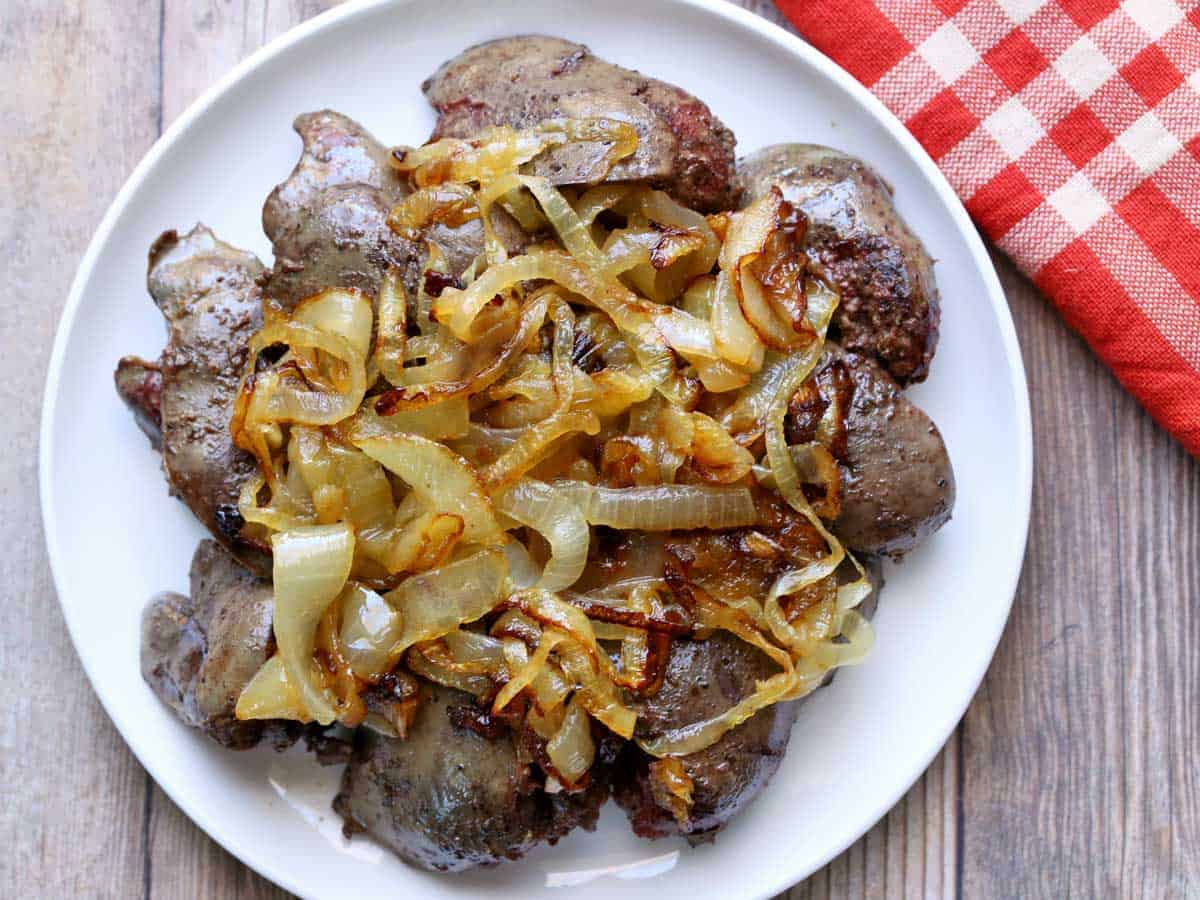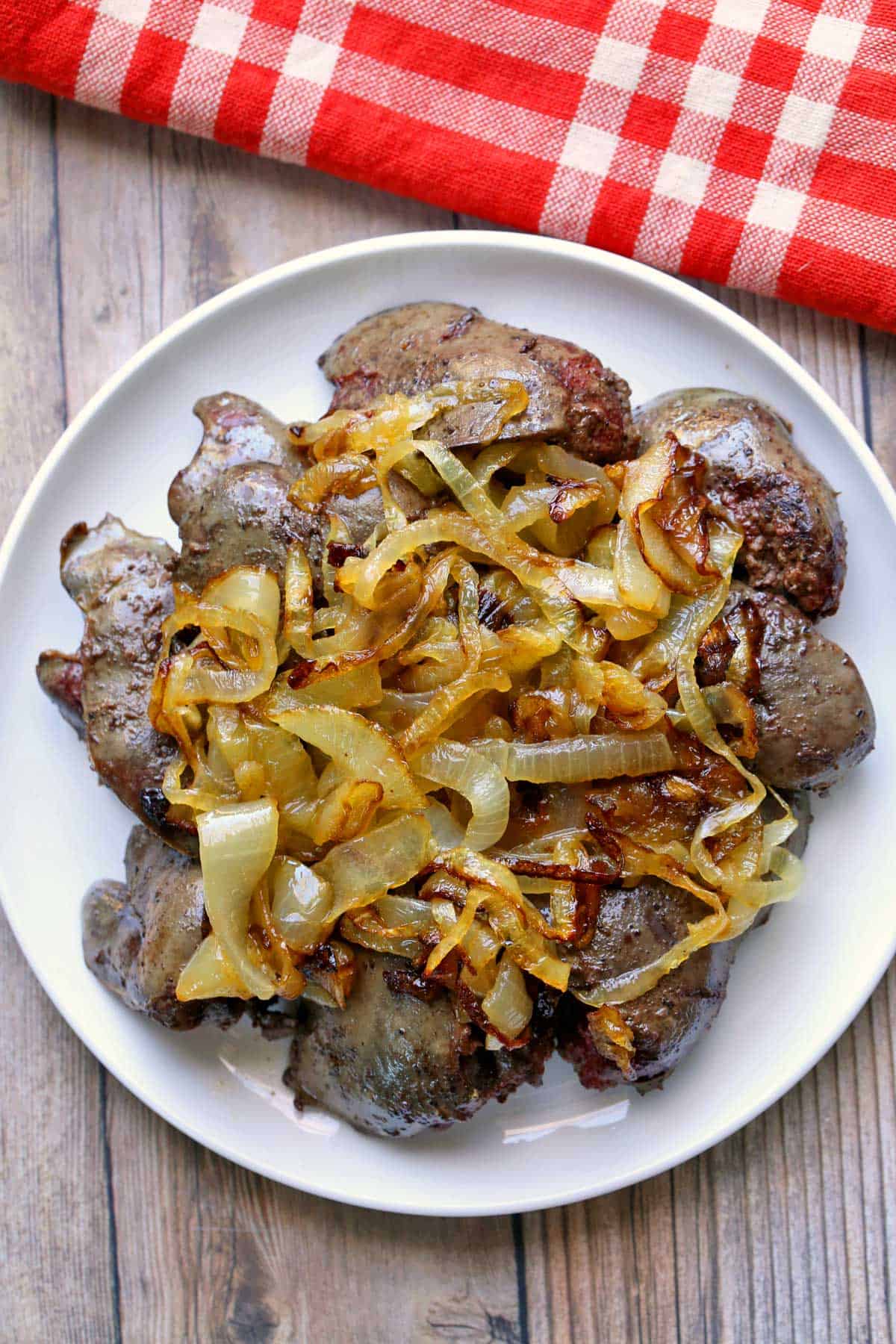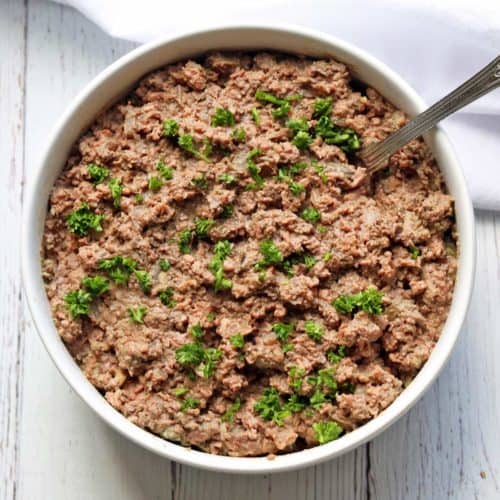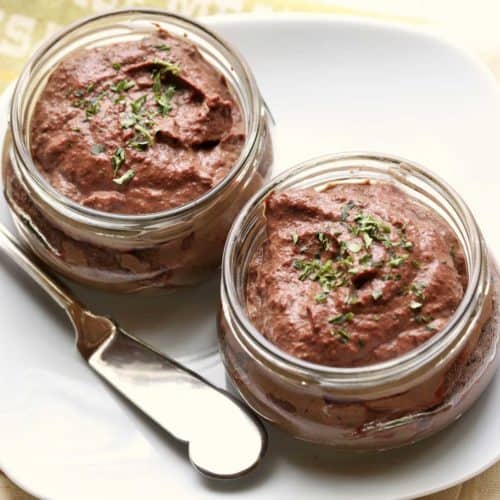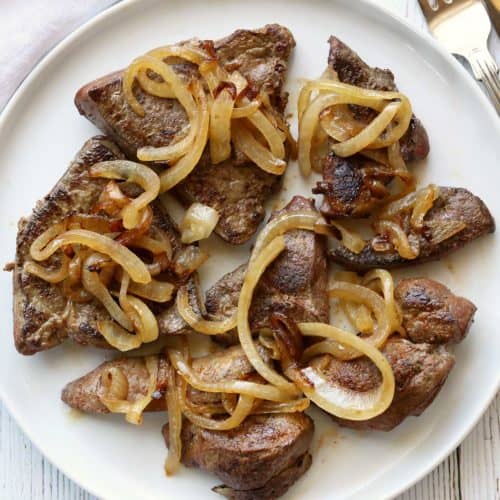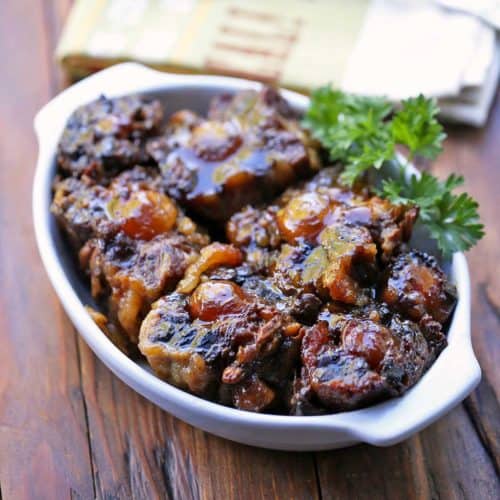Since they have a fairly mild flavor compared to other organs, they are a good choice for those who venture into eating offal for the first time. People tell me that eating organ meats is “an acquired taste” and “a cultural thing.” As someone who was raised in Israel and enjoyed the cooking of two wonderful grandmothers - one of them an Israeli of Eastern European descent and the other Dutch - I was served offal from an early age, and I really liked it - as long as it was not overcooked. It never occurred to me that livers were something to avoid until I arrived in the United States.
A cultural thing
I’m not sure what happened in the United States to render organ meats as unfit for human consumption. According to this Wikipedia page, the classic dish of liver and onions (which is usually made with beef liver) was actually very popular here in the 20th century (I’m guessing mostly in the first half), but organ meats are rarely consumed today in the US. During my first few years here in the US, whenever I purchased chicken livers at Whole Foods, I was asked: “Is this for your dog?” Um, no. This is for my very human family. I do credit the paleo movement for raising awareness and making more people realize that internal organs are worth considering and that eating them is the ethical choice for meat-eaters. Eating just muscle meat is wasteful. As long as we raise animals for our food, we should treat them well while they are alive, slaughter them humanely, and utilize their whole body.
Ingredients
You’ll only need a few simple ingredients to make this chicken liver recipe. The exact measurements are listed in the recipe card below. Here’s an overview of what you’ll need: Onion: I like to top the livers with caramelized onions. The onions are wonderfully flavorful and they really enhance the livers. I would go as far as saying that if you don’t have onions on hand, it’s best not to make this dish at all. Fresh chicken livers: I much prefer them to beef liver. They are milder in taste, they have a nice soft texture, and they don’t have the strong metallic taste typical to beef liver. I usually buy them at Whole Foods. Olive oil: I use it for frying the onions as well as the livers. It’s delicious, but it does have a fairly low smoke point. Since I cook the onions and the livers over medium heat I believe it’s OK, but if you’re not convinced, you can use butter or ghee instead. Kosher salt and black pepper: If using fine salt, you should reduce the amount you use, or the dish could end up too salty.
Instructions
So how do you cook chicken livers? Some recipes use a coating (such as flour or breadcrumbs), but I don’t. I simply fry them in olive oil. The detailed instructions for making this recipe are included in the recipe card below. Here are the basic steps: Cook the onions. You start by peeling and slicing an onion, separating the slices into rings, then frying the onion rings in olive oil until golden. Remove the onions to a plate and cover them to keep them warm (or place them in the oven on the “keep warm” setting). Prepare the livers. Pat them dry with paper towels, cut them in half, and trim and discard any visible fat or green parts. Cook the livers. In the same skillet, add the livers. Sprinkle them with salt and pepper. Cook them over medium heat until browned but still pink in the middle, 2-3 minutes per side. Note that if added to a too-hot pan, the livers will splatter and even burst. So make sure to use medium heat and don’t wait too long before adding them to the pan. Serve. Divide the cooked livers between plates, top with the onions, and serve.
Expert tip
As I mentioned above, I actually liked livers as a kid, as long as they were not overcooked. Chicken livers should still be pink in the middle when you’re done cooking them. If you cook them until they’re well-done, they’ll be pretty much inedible - dry and grainy. But when properly cooked, they have a wonderfully tender mouthfeel and they are also quite mild in terms of their flavor. Though I should probably mention that the USDA recommends cooking poultry internal organs to an internal temperature of 165 °F.
Frequently asked questions
Variations
You can add more spices if you wish, such as garlic powder, paprika, or a little cumin. But since I top the livers with fried onions, which are VERY flavorful, I typically only use salt and pepper to season them.
Serving suggestions
Aside from topping them with onions, I like to serve these livers with a green vegetable side to add some color to the plate. So I often serve them with steamed broccoli, roasted asparagus, or roasted Brussels sprouts.
Storing leftovers
According to StillTasty.com, cooked beef liver will last for 3-4 days in the fridge, in an airtight container. I couldn’t find info about chicken livers. But personally, since they are still pink in the middle after I cook them, I don’t keep them for longer than a day. So if I don’t finish up the leftovers the day after I made them, I toss them.
Related recipes
Recipe card
I typically publish a new recipe once a week. Want the new recipes in your inbox? Subscribe! You can also follow me on Pinterest, Facebook, YouTube, Instagram, or Twitter. ❤️
